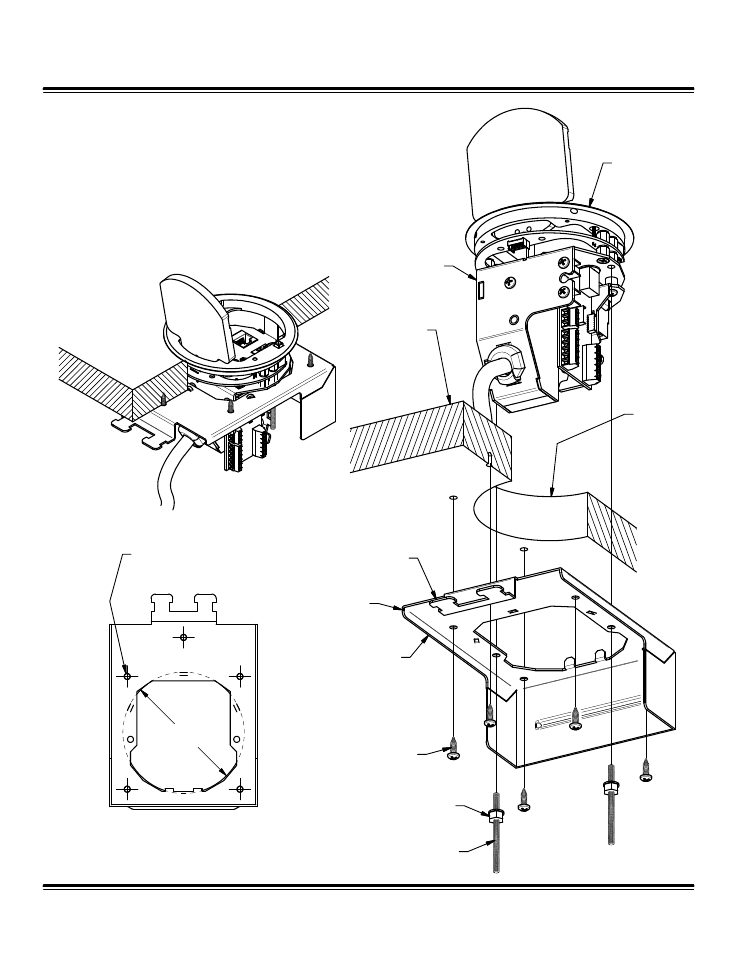

Each point is the weight associated with a given parameter for one classifier, and the bar height represents the mean over classifiers (*p<10 −4, one-sample t-test with Bonferonni correction for multiple comparisons see Materials and methods). Each classifier is represented by 17 points - one for each parameter.

( B) 30 independent (using non-overlapping sets of video frames) Support Vector Machine (SVM) classifiers were trained to classify frames (each frame represented by 17 values) as belonging to control or experimental group (all delays d0-d6 considered together see Materials and methods). An example trace (30 s) is shown for each parameter. ( A) For each video frame, 17 parameters were extracted based on tracking of male/female position and heading (see Materials and methods for parameter definition).
PC1D MANUAL WINDOWS
Mean and standard error over 1 min windows are shown for each condition. ( D) For males paired with pC1-Int > ReaChR females: song amount (left), number (middle) and duration are defined as in Clemens et al., 2015, see Materials and methods. Inset: percent of flies copulated in 5 min. p=0.93, Cox proportional hazards regression, see Materials and methods n = 42, 47 pairs for Control, d0.
PC1D MANUAL FULL
( C) Left: Same as ( B) for pCd1 activated female (pCd1 >ReaChR, see Key Resources Table for full genotype). pCd1 > TNT (see Key Resources Table for full genotype). ( B) Percent of pairs that copulated as a function of time (p=0.0001, Cox proportional hazards regression, see Materials and methods n = 40, 60 pairs for Control, d0). (iV) Heading of male (cyan) and female (magenta). (iii) Part affinity vector fields ( Cao et al., 2017). ( A) ( i) A single video frame of a male (with white painted dot) and a female in the behavioral chamber. (ii) Confidence maps ( Pereira et al., 2019) for male and female head (blue) and thorax (red). Numbers of pairs are the same as in ( F). Asterisks show significance, using the same criteria as in ( D). ( G) Same as ( D), but for females expressing ReachR in pC1-Int cells according to the protocol shown in ( E). Time to copulation was also shorter in the d3 group (n = 39 pairs) compared with controls (d0, no ATR), but the difference was not significant after Bonferroni correction (p=0.034 red vertical line), and no significant difference was found between the 6 min delay (n = 30) and control groups (p=0.21). pC1-Int activated females in the d0 condition (n = 57) copulated significantly faster than controls (n = 51 vertical black line p=0.0045, Cox’s proportional hazards regression model, accounting for censoring, as not all flies copulated in 30 min black vertical line). Inset: The percent of pairs copulated between t = 0 and t = 5 min for each condition. ( F) Same as ( C), but for females expressing ReachR in pC1-Int cells according to the protocol shown in ( E). Significance between experimental groups was measured using ANOCOVA and multiple comparison correction (*p 0. ( D) Rank correlation between male song (bout amount, number and duration) and female speed for pC1-TNT females (dark red) or control females (gray) paired with wild-type males. Cox proportional hazards regression p=6.3*10 −6: pC1-Int TNT (red, n = 68 pairs) compared with controls (gray, n = 40 pairs). ( C) Percent of male/female pairs that copulated as a function of time. Male and female positions were tracked (a 1.5 s example trace is shown for the male (cyan) and female (magenta)), and male song was automatically segmented into sine and pulse (below). ( B) Behavioral chamber (diameter ~25 mm) tiled with 16 microphones to record song. This bundle was used to identify these cells in the EM dataset (see Figure 3-figure supplement 1). pC1 cells project to the lateral junction through a thin bundle (red arrow). Many of these cells project to a brain region known as the lateral junction (red square). pCd has two morphologically distinct types, pCd1 and pCd2 ( Kimura et al., 2015). Dsx is expressed in eight morphologically distinct cell types in the female brain (seven types are indicated by circling of their somas the more anterior cell type aDN is not shown).

Max z-projection of a confocal stack in which Dsx+ cells are labeled with GFP (adapted from Deutsch et al., 2019). ( A) Dsx+ neurons in the female central brain.


 0 kommentar(er)
0 kommentar(er)
